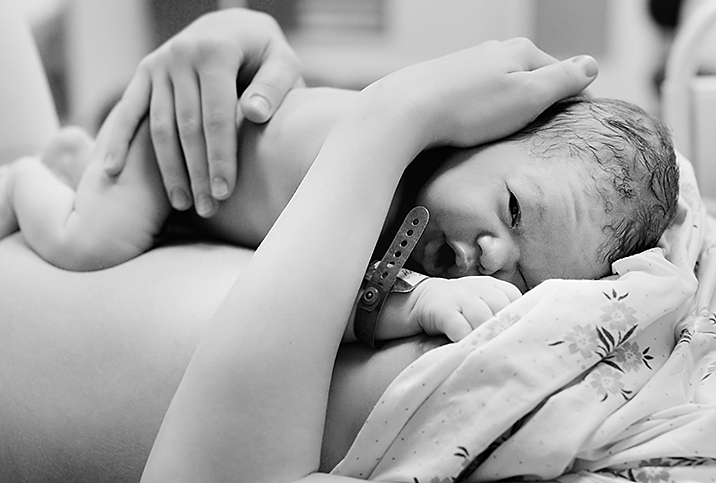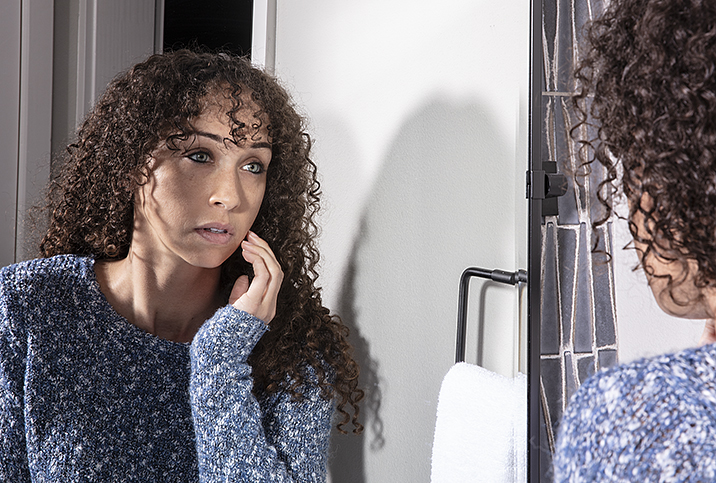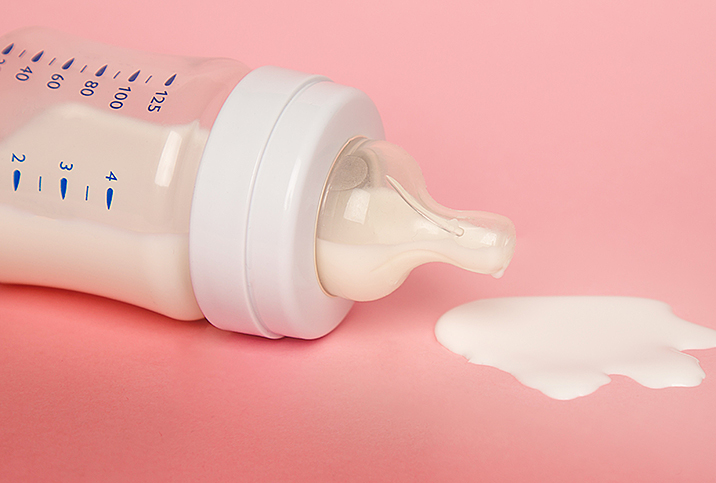Options for Pain Management During Labor

Women don't have to “tough it out” during labor and suffer the excruciating pain of childbirth if they don't want to. Many pain-management options are available, each with its own pros and cons.
Consider what might work best for you.
Nitrous oxide
Nitrous oxide, also known as laughing gas, might seem like something you'd get for a dental procedure. However, laughing gas can be used for childbirth if your hospital offers it. Your doctor will give you a mask that emits a combination of oxygen and nitrous oxide, and you retain control over how often you inhale the gas. Inhaling before a contraction can ease anxiety and make it easier to push through the challenging moments during labor.
Some women who choose laughing gas want to experience a more natural birth with minimal assistance for pain. Nitrous oxide is considered safe for both mother and baby.
A study of almost 2,000 women who used nitrous oxide, between 2016 and 2018, found that 68.9 percent of them switched to a more potent form of pain management during labor (typically an epidural). Since you can never predict how you're going to feel during delivery, having the option to change your mind is one of the benefits of starting with laughing gas.
Opioids
Opioid medications are a type of systemic analgesic, meaning they reduce pain throughout the entire body. Opioids are used to “take the edge off” the pain of contractions but do not take away the pain like an epidural. Opioids are often used before an epidural. A dose of opioid can be repeated, but the second dose usually is not as effective as the first dose. If labor is imminent, opioids will not be administered due to the potential for respiratory depression in the newborn.
Opioids given during childbirth do not impair muscle control or consciousness, so you're still able to move and function. However, you may feel drowsy or have some trouble concentrating, but side effects are generally minimal.
During labor and delivery, your doctor will administer opioids through an intravenous line or an injection.
Local & regional anesthesia
Rather than just reduce pain, anesthesia works by numbing a portion of your body. Local anesthesia can be injected near the vagina and surrounding areas to numb the region shortly before giving birth.
If you have an episiotomy (an incision made for delivery), your doctor will administer a local anesthetic first. Side effects are unlikely but can occur, and they include an allergic reaction to the medication, or nerve or heart issues (if the dose is too high). The baby is not typically affected by local anesthesia, since it's given moments before delivery. Local anesthesia can also be given after delivery for any repairs that are needed.
You may choose to have a spinal block, an epidural block or a combination of both. For a spinal block, you'll receive a single injection in your back. It works quickly but offers relief only for up to two hours, making spinal blocks more popular for a cesarean delivery (C-section) than a vaginal birth. In fact, spinal blocks are rarely given to a woman for vaginal deliveries because they create a lack of mobility and inability to push for delivery.
If you get an epidural, the anesthesiologist will place a tube in your lower back for a continuous medication flow. Expect to be fully alert but less able to move your body from the waist down.
Ideally, anesthetics for vaginal deliveries are strong enough to block the pain while allowing you to feel pressure and push through to the finish line.
Risks & side effects
The risk of long-term complications for you or your baby is minimal when using these pain-management options. Itching is common with opioids, so you may get itchy if you receive opioids alone, or even if your doctor includes them as part of an epidural or spinal block. Some nausea and lightheadedness are also possible with epidurals, along with a potential drop in blood pressure. Be aware, though, that during labor and delivery, monitors will alert your doctor of any issues at a moment's notice.
Taking advantage of pain management can ease the stress and fear of giving birth. With less pain, delivery doesn't have to be a scary or unpleasant experience.

















